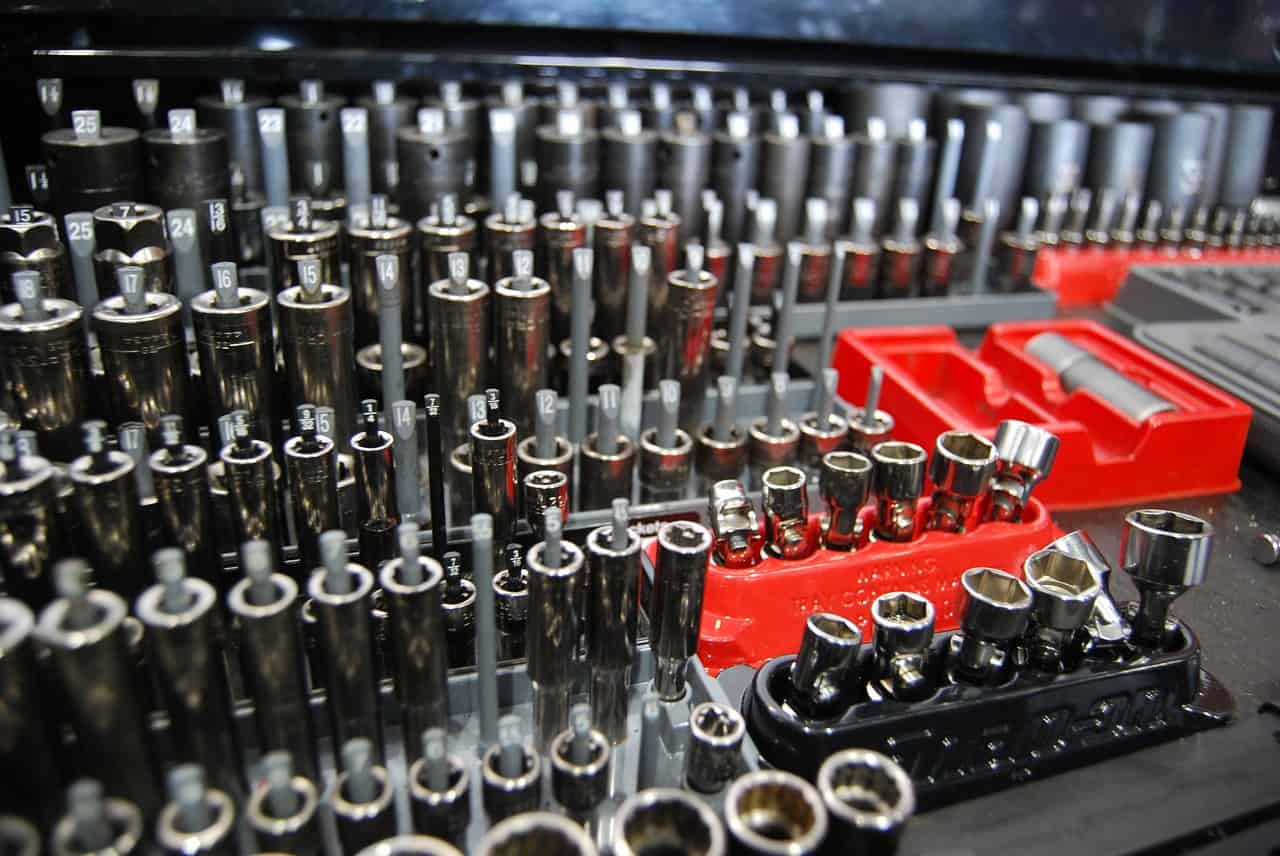A proper toolbox is something that everyone should own. Each household is prone to some damages that can be easily repaired if you have the right tools instead of calling in professional help all the time.
You’ve come to the right place if you’re looking to put together an all-purpose handyman tool kit. No job is too big once you have all the instruments you require in a single, secure location that is also easily accessible. The following article contains information about the most essential tools required in every toolbox.
The little parts
These should be mentioned first as they can be quite easily forgettable, solely due to their size. Make sure to load your toolbox with a number of bolts and nuts of different sizes and shapes. You will find them to be the most important part of the toolbox once you do some tinkering or fixing.
Another handy thing to add to your toolbox that fits in this category of little parts is the lock washer, this will help distribute pressure across a joint and won’t allow the bolts to loosen up. Also, make sure to pack lock washers of different sizes as well.
Screwdrivers
The humble screwdriver, which is basically just a metal rod with a shape at its head, is used to insert and remove screws as well as, more frequently than not, to pry paint pot lids off. Rarely are screwdrivers bought for single use. The screwdriver comes in different shapes and sizes, but essentially it can be divided into these three categories.
- Slot head: For straightforward slotted screws, the head tapers to a single wedge. Blades are sized in inch-fractions.
- Philips head: This head is designed to fit cross-shaped screws with sizes ranging from 0 to 4.
- Allen head: The millimeter-sized head has a hexagonal shape and fits into the body.
Hammer
Hammers are a common tool that concentrates force at a single point. Yours will primarily be used to drive nails, join pieces, and possibly break apart smaller objects. A cut-out V-shaped claw at the back of the claw hammer pulls out nails and, in a pinch, can be used to lever up floorboards, making it ideal for most tasks.
Spanners and Sockets
Wrenches also referred to as spanners, offer a fixed grip that fits over a fastener, like a nut or a bolt, with a handle to provide leverage for easier turning. The longer the handle, the more leverage is provided. A socket set uses a single handle that can be adjusted to fit various grip sizes; although complete sets are expensive, they are what you need to work on a variety of fastenings without having to lug around a bulky collection of individual spanners.
There are many different sizes of spanners, and each grip size is assigned an “M-value” according to the standard for fasteners. Look for that is made with chromium-vanadium alloy and with a chrome coating to help prevent corrosion.
Pliers
Pliers are more useful than you might think; however, they are frequently overlooked in toolboxes until they are desperately needed to loosen fasteners, pull nails, cut wire, or generally exert more grip.
You will definitely want to include, one or two pliers in your toolbox according to your needs.
Utility knife and measuring tape
How frequently you actually need a utility knife will surprise you. A utility knife is a really handy tool, with a very blade that can be extended outwards via a convenient slide and then retracted to eliminate any risk of unexpected cuts. Whether it is opening boxes, carving marks, or cutting through tough bindings you will most likely want to include a utility knife in your toolbox.
Your toolbox ought to contain a spring-loaded measuring tape with a slide-grab to hold the tape in position. You can extend the measuring tape and check along its markers to see how things stand when you need to measure twice to cut once.
Safety equipment
A few pieces of personal safety gear don’t exactly qualify as tools, but they should still be in your toolbox. Working gloves, safety glasses or goggles, and possibly some type of ear protection are all essential additions.
Final Thoughts
There are many tools waiting to be at your disposal, and the number will only increase. But before you begin working on your next project, you should take a look at the necessary tools that we’ve outlined above.

